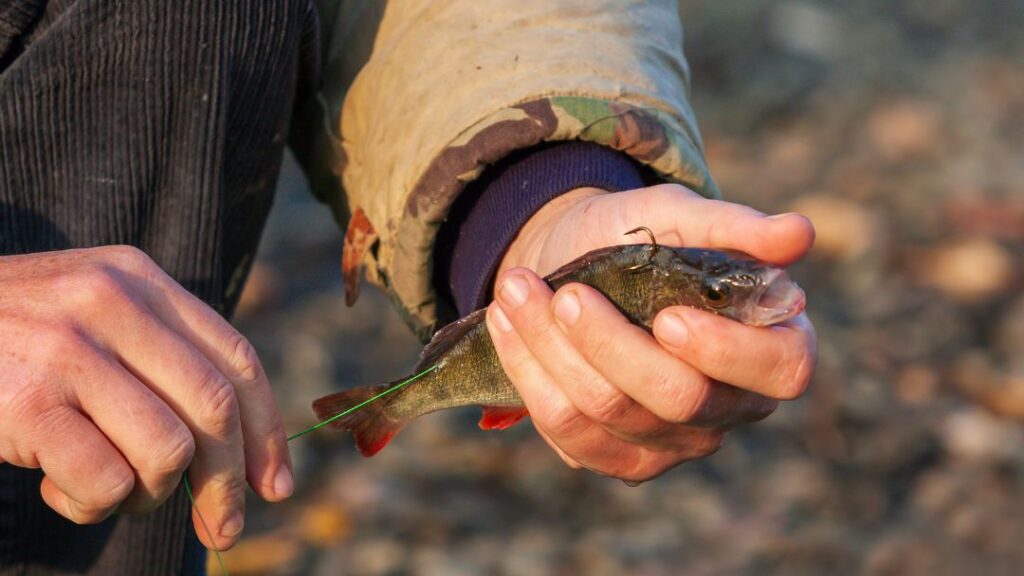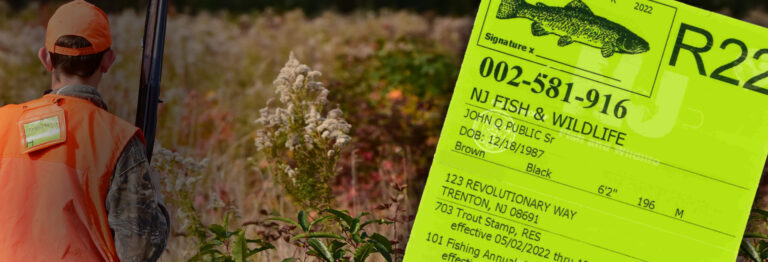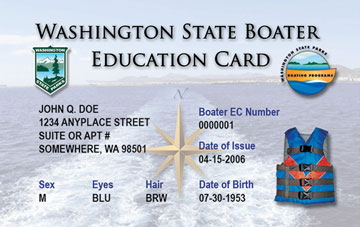Where To Hook Live Bait For Catfish
When it comes to rigging live baits on a catfishing hook, new anglers struggle a lot. Since catfish are hard fighting and smart, you must know the right way to hook live bait catfish. Otherwise, they will keep coming off the hook. This won’t be worth your valuable time and effort.
Where to hook live bait for catfish? Anglers can choose different body spots of live baits to attach them to fishing hooks, such as below the dorsal fin, through the mouth and up its nose, through the baitfish head and back, etc. The location for threading the hook will vary depending on what type of live bait you use and which catfish you are targeting.
Where To Hook Live Bait For Catfish?
Anglers can use various techniques to hook live bait for catfish. But make sure to have a clear overview of your local fishing rules and regulations.
Some states may prohibit fishermen from catching catfish in a particular way. You can also have a chat with your local experienced angler to know it better.
The followings are the best places to attach a hook to a live bait body.

Method: 01 — Hook Below The Dorsal Fin
The dorsal fin is one of the most common places to hook live bait. This approach allows you to get action out of the live bait. You can manipulate the live bait into particular spots.
When you hook a live bait in front of the dorsal fin, it forces the bait to swim down-facing manner and keeps the hook’s weight towards the bottom of the bait.
Step: 01) Pinpoint the spinal cord and the dorsal fin (upper area) of the catfish.
Step: 02) Insert the fishing hook into the dorsal fin of the bait, where you will see a chunk of cartilage. Keeping enough hook exposed is necessary to make the catching job easier.
Step: 03) Continue pushing your point until the fish’s upper section is securely attached to the hook’s bend. The tip of the hook should not have scales. Otherwise, it will reduce hook penetration and make it harder to catch fish effectively.
Method: 02 — Hook Through The Mouth And Up Its Nose
Are you using small gizzard shad or minnows to catch catfish? If so, this method can be effective.
It significantly decreases turned hooks and allows you successfully catch the fish.
Step: 01) Thread the fishing hook through the roof of the mouth and then pass it through the nose.
Step: 02) Alternatively, you can insert the hook through the upper lip of the bait and pass it through the nose.
Step: 03) If you use a lip hook, ensure the hook’s tip remains visible. This will help the hook to enter the fish’s mouth when it attacks.
Method: 03 — Hook Through The baitfish’s Head And Back
Are you using 2/3-inches shads to catch catfish? You can utilize this technique. The followings are the steps you want to follow to hook through the catfish’s head and back.
Step: 01) Initially, insert the hook’s sharp end through the fish’s head, going beyond its gills. Then, the hook needs to extend vertically from its head.
Step: 02) Afterward, turn the hook so the eyelet faces the catfish’s tail.
Step: 03) At this point, the shank must align horizontally with the catfish, and the hook’s tip sharp end face the catfish’s body.
Step: 04) Finally, drive the hook through the catfish’s back.
Method: 04 — Two Hook Rig
Are you targeting giant catfish, such as blue or flathead catfish? If so, you need a larger baitfish. It should be around 9-10 inches in length.
But here, you will need two hooks to cover the whole body of the baitfish. It allows you to create a nice, straight, and natural presentation.
Let’s learn how to attach two hooks to a large live bait to attract giant catfish.
Step: 01) Tie a strong and secure loop at the last section of the leader. This loop will serve as the attachment point for your main fishing line.
Step: 02) Insert the first hook through the back or head of the baitfish. Ensure the hook tip is exposed, allowing it to penetrate easily when a catfish strikes.
Step: 03) Position the first hook to run along the baitfish’s body, ensuring it is securely attached.
Step: 04) Hold the second hook against the baitfish to determine the best placement. The second hook should be inserted near the tail of the baitfish.
Step: 05) To make it easier to insert the second hook, create a small pilot hole at the intended insertion point. You can use a bait needle or a similar tool.
Step: 06) Gently push the second hook through the pilot hole and into the baitfish’s flesh. Ensure the hook point is exposed for effective hooksets.
Step: 07) Examine the double hook rig to ensure both hooks are securely embedded in the baitfish and are running parallel to each other.
Step: 08) Attach the loop of the leader to your main fishing line using a strong knot or a clip/swivel connection.
Step: 09) Cast or place the rigged baitfish into the water where giant catfish are known to inhabit. Let the live bait swim around naturally. Grabbing the catfish’s attention will be easygoing.
What Are The Best Live Baits For Catfish?
Of course, your hook placement is important. But choosing the right best live bait will increase the hook setup ratio by attracting your preferred catfish.
01. Crayfish
You can’t serve typical worms and minnows when you want to catch your favorite catfish.
Crayfish is a perfect food source for adult catfish. They are highly delicious to catfish.
These crustaceans are found in freshwater lakes, ponds, rivers, creeks, and streams. They are more active in warmer waters or during the summer months.
For optimal outcomes, insert the hook through the nose’s spine of the crayfish. Despite being cast multiple times, they will continue to stay alive.
Before casting, snap off the large pincers of the crawfish. The live bait will look-like more attractive. Also, it reduces the likelihood of snagging.
02. Night Crawlers
Most catfish, especially channel catfish, love Night Crawlers due to their natural smell and tasty taste.
It is best to choose larger Night Crawlers. These feisty worms are big, appealing, and wiggle like crazy.
Their pungent and stinky odor adds an attractive earthy scent to attract catfish. This protein-rich food also tastes juicy.
You can find large nightcrawlers in yards, Gardens, and flower beds. They are more active during early to mid-spring.
Simply tie nightcrawlers on your preferred hook in sizes 4 through 8. If you target larger catfish or nightcrawlers are a bit small, you can put multiple nightcrawlers onto the same hook.
03. Catalpa Worms
Catalpa Worms can be a great choice if you are targeting channel catfish.
You can find these fat, juicy caterpillars in catalpa trees. Catfish are attracted to them due to their unique lite green leaf color.
These native caterpillars are seasonal and last only for about two to three weeks in late June or early July.
Use a Ziplock bag or a plastic container to keep catalpa worms alive for a few days. Add a few leaves or a handful of cornmeal and store them in a cool, dry place.
Attach catalpa worms on top-of-the-line bait to catch catfish. Make sure to use a no. 2 baitholder hook to thread Catalpa worms.
04. Frogs
Catfish love to eat froglets and tadpoles of frogs. Their teeth rows in their jaws enable them to enjoy frogs in large amounts.
You can find tiny frogs in ponds, wetlands, damp hiding places, grassy areas, etc. They are more active during fall and early spring. If you want to catch them, do it between 3:00 to 4:00 AM.
You can thread the fishing hook in the thigh or lips areas of the frog.
However, it is best to attach the hook to their foreleg areas. This allows them naturally swim around once you place them into the water.
Catfish are more likely to get attracted due to their natural behavior. It is best to use a 5/0 to 6/0 weedless hook to increase your chance of catching catfish.
05. Shellfish
Catfish have a wide range of shellfish, such as clams, crabs, snails, mollusks, mussels, etc. You can get them from the bottom of ponds, streams, and lakes.
Collect various types of shellfish and cut them into small pieces. Catfish will eat a large amount of these aquatic invertebrate animals quickly.
Before using shellfish as bait, put them in a medium container and add boiling water. Keep the container in a warm location and wait for a few days until the shells open.
If you are in a hurry, simply boil the shellfish for 8-10 minutes. Then, put them into cold water. When the shell becomes soft, use a needle or small fork to remove flesh parts.
06. Grasshoppers
Many catfish love to eat grasshoppers. You can find them in grassy areas, meadows, fields, and other low plants. Grasshoppers are highly active during the fall.
Gently press the grasshopper onto the back or side of the hook, ensuring the tip of the hook remains visible.
You can also use a rubber band to wrap around the grasshopper and hook it to secure its position.
Anglers generally use grasshoppers to rig under a float. This allows them to drift down a river or stream.
Final Words
Every angler wants to seize the day and catch as much fish as possible. But using the right fishing gear makes a significant difference.
If you have decided to use live bait for catfishing, make sure you know where to hook live bait for catfish. Your bait should look-like natural and attractive to attract cats. I have already mentioned some practical locations to attach fishing hooks on the live bait body. Also, don’t forget to use palatable and appetizing live bait to entice catfish.



